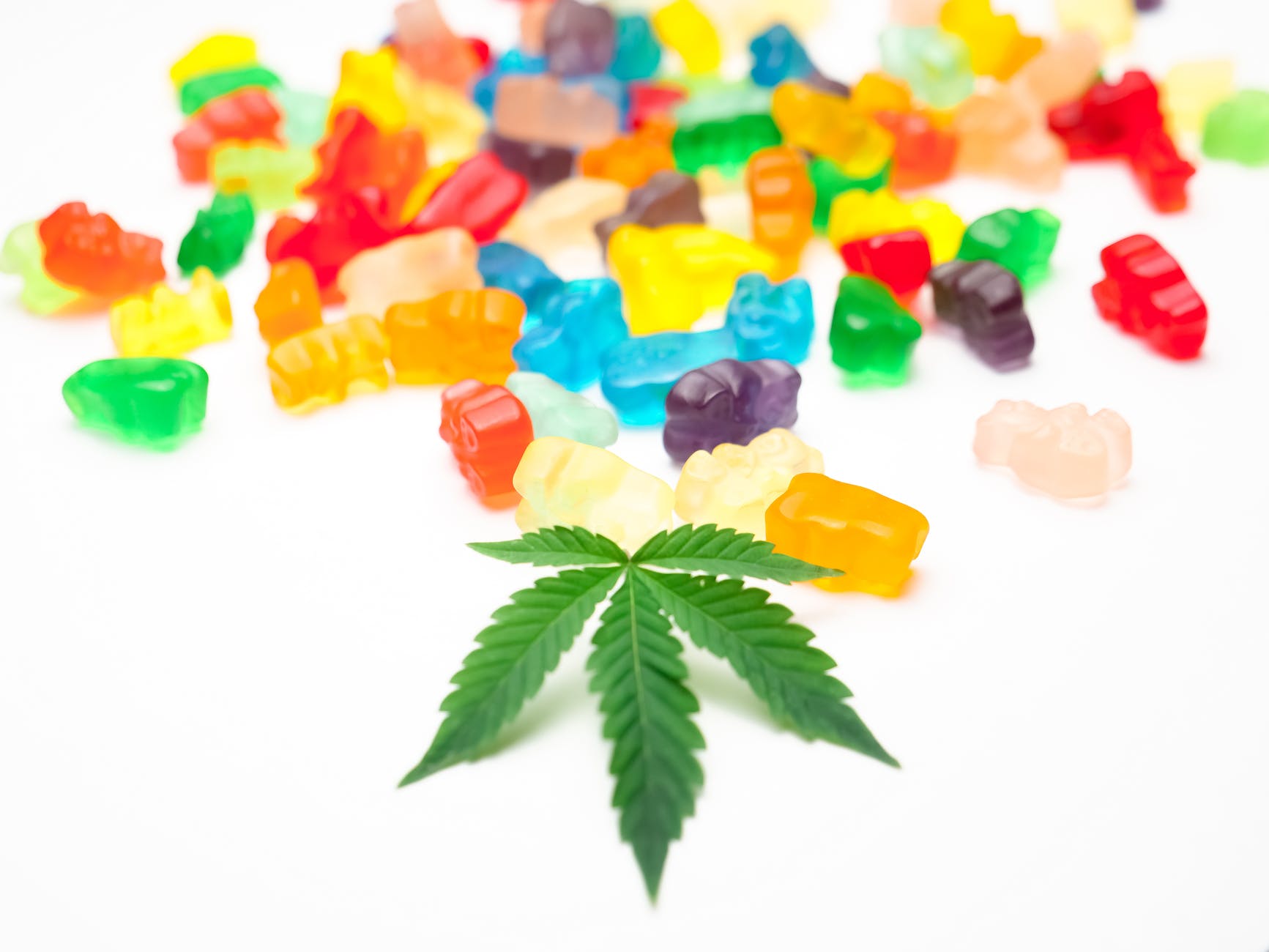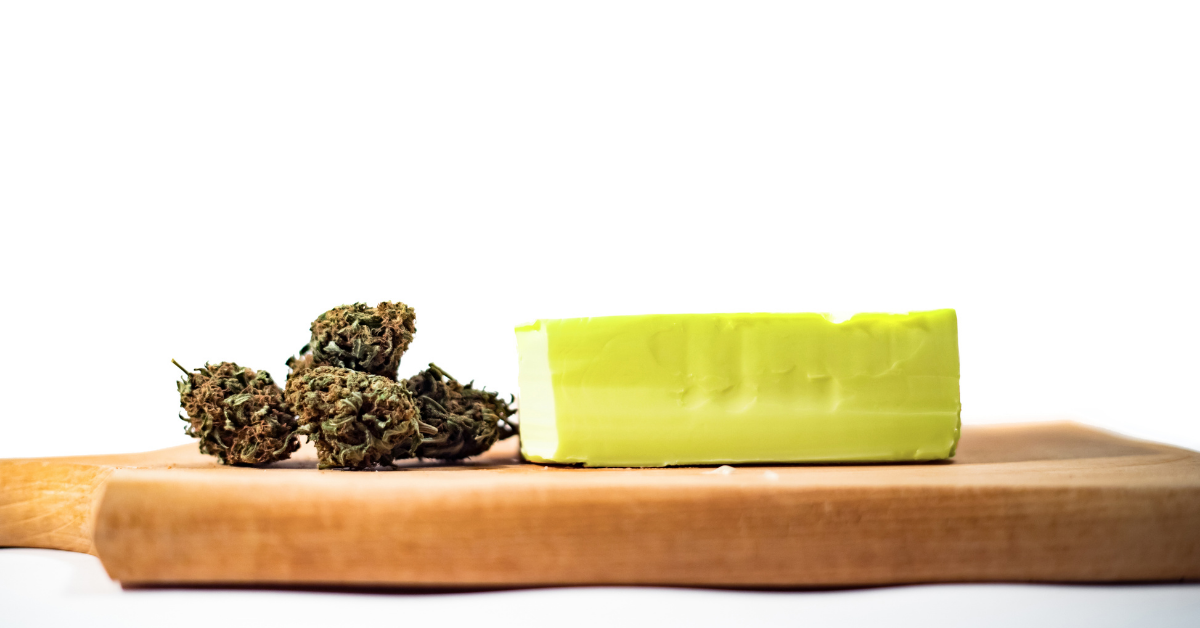Decarboxylation is a crucial step in utilizing the full potential of cannabis when cooking with it. Raw cannabis contains cannabinoids in their acidic form, such as tetrahydrocannabinolic acid (THCA) and cannabidiolic acid (CBDA), which are not psychoactive. In order to activate these cannabinoids and transform them into their active forms, such as delta-9-tetrahydrocannabinol (THC) and cannabidiol (CBD), decarboxylation is necessary.
Decarboxylation is the process of applying heat to cannabis, which causes a chemical reaction that removes a carboxyl group from the cannabinoids, converting them into their active forms. This process is essential because raw cannabis cannot provide the desired effects when consumed in its unheated state.
To decarboxylate cannabis, follow these steps:
- Preheat your oven: Preheat your oven to around 220°F (105°C). This temperature is considered optimal for decarboxylation, as it activates the cannabinoids without degrading them.
- Prepare the cannabis: Break apart the cannabis buds into smaller pieces. It’s recommended to use a grinder or your hands to achieve an even consistency.
- Spread on a baking sheet: Place the ground cannabis in a single layer on a baking sheet. This ensures that the heat is evenly distributed and all the cannabis is decarboxylated properly.
- Bake in the oven: Put the baking sheet with the cannabis in the preheated oven. Bake for about 30-45 minutes. Keep an eye on the cannabis to avoid burning it.
- Check for readiness: After the baking time is up, remove the baking sheet from the oven. The cannabis should appear slightly toasted and have a golden-brown color. You can also gently press a bud between your fingers – if it crumbles easily, it’s a sign that decarboxylation has occurred.
- Cool and store: Allow the decarboxylated cannabis to cool completely before using or storing it. Once cooled, store it in an airtight container in a cool, dark place until you’re ready to use it in your culinary creations.
Decarboxylated cannabis can now be used in various recipes, such as cannabis-infused oils, butters, tinctures, and edibles. By decarboxylating the cannabis beforehand, you ensure that the active cannabinoids are available for absorption in your body, leading to the desired effects when consumed.
Remember to always label your decarboxylated cannabis clearly and keep it out of reach of children or pets. Be mindful of the potency and dosage when incorporating it into your recipes.




One thought on “Decarboxylation: The Key to Unlocking the Potential of Cannabis in Cooking”